ASRock Fatal1ty X79 Champion and X79 Professional Review: From a Gamer to Gamers
by Ian Cutress on February 9, 2013 10:30 AM EST- Posted in
- Motherboards
- ASRock
- Fatal1ty
- X79
ASRock X79 Fatal1ty Software
The big feature ASRock always wants to promote is its XFast platform – XFast USB, XFast LAN and XFast RAM. This trio of features have been a constant addition to any ASRock motherboard over the past twelve months, and promise up to 5x performance in each of the areas (although benchmarks are cherry picked to get that 5x speedup). When XFast meets Fatal1ty, part of me secretly hoped for “XFatal1ty” software to integrate all the features. No such luck, though the regular software platform does get a new red and black skin along with an extra Fatal1ty specific feature.
The Driver CD gets the Fatal1ty treatment – when selecting which drivers and software to install, Wendel’s face greets you on every screen. Thankfully choosing which drivers and software to install is a quick affair and the process completes automatically, leaving the user to go off make a hot drink rather than make eye contact.
The main hub of the software platform comes from the ASRock eXtreme Tuning Utility, which for the purposes of the Fatal1ty motherboards is called F-Stream Tuning, but it is essentially the same program with a red and black skin.
F-Stream Tuning
Much like its parent AXTU, F-ST features several menus including a hardware monitor, fan control, an overclocking menu, an energy saving menu and the XFast RAM selections. The Fatal1ty exclusive component is in the Fatal1ty Mouse Port option:
If a user has a USB mouse capable of being polled at more than 125 Hz, then this software enables that setting through a specific motherboard port designed to be polled at the higher frequencies. The benefits of having a mouse that can be polled 1000 Hz is debatable at best, depending on the frame rate and responsiveness of the game in question (e.g. at V-Sync, the mouse input is processed as if it were at 60 Hz), but it is there if needed.
On the fan control side of the software, our basic ASRock controls are still at play – the CPU fans and first chassis fan are offered target temperatures and fan target speeds, with all other fan headers having fan target speeds. It is a little uncertain what the ‘target speed’ actually does due to the lack of explanation – does it define the fan speed after the target temperature, or will the fan be at 100% above the target temperature such that the target speed defines the fan profile below the target temperature? Or is it just a single fan speed above/below the target temperature? Fan controls this basic are practically pointless, especially when the motherboard has access to the fan RPM, temperature sensors and power output to all the fan headers. With some clever software manipulation, it would be easy to create an all-singing, all-dancing fan software application. No such luck with the ASRock X79 Fatal1ty boards.
Overclock settings via F-Stream are also a little odd like the fan controls. The software behind the overclock settings was developed before turbo boost became a regular CPU feature and idle CPU states came into play. This means that this part of the software will always take the current CPU speed and voltage settings as the common settings, even if the system is idling. As shown in the picture below, it thinks we are at 1200 MHz all the time. CPU voltages are only changeable in terms of offset, and there is no indication as to what the current voltages, speeds or temperatures are. Time for an upgrade, ASRock!
XFast RAM is actually a smart feature I like on these ASRock boards. It allows users with a lot of memory to partition some of it away as a fast (5+ GBps read/write) storage device and quick cache, meaning all those temporary files created by various actions are put somewhere quick to be accessed again. ASRock offers the ability to enable Ready Boost through this feature, as well as change settings to adjust system and IE temporary files. For any system with 16GB+ of memory, it might be worth partitioning 4 GB into something like this.
XFast USB
We have played with XFast USB for many months now, and the premise is simple – the basic Windows 7 USB drivers were written many years ago, and now we have the option to speed up those protocols. XFast USB, when enabled and a USB storage device is inserted, implements its driver to take advantage of Bulk Only Transfer (BOT) commands. This technically speeds up mass transfer across the USB interface (USB 2.0 and USB 3.0) at the expense of individual file latency. In our testing it makes a significant improvement on USB 2.0 and USB 3.0 in Windows 7, although it is worth mentioning that some other manufacturers also have their own implementations of something similar to XFast USB.
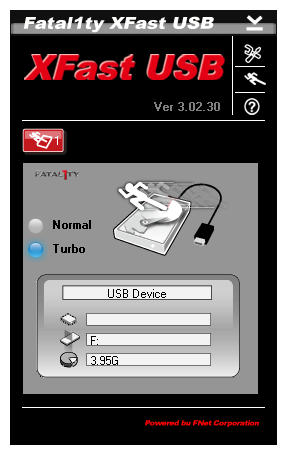
XFast LAN
XFast LAN (aka cFosSpeed) is an advanced network port manipulation tool, designed for monitoring, prioritizing and adjusting network traffic all via software. For anyone other than ASRock, this is a 9.90 Euro purchase, but ASRock has a bulk licensing deal for every one of their motherboards, and helps users to adjust certain programs for priority data travel over any network interface on the motherboard.
Marvell Storage
As the ASRock X79 Fatal1ty motherboards both use Marvell controllers to increase the SATA 6 Gbps port count, included in the package is the Marvell Storage Management panel. Accessed via the web interface, the software allows the user to manage the RAID setup across the ports, AES and HyperDuo (the Marvell version of SSD Caching).


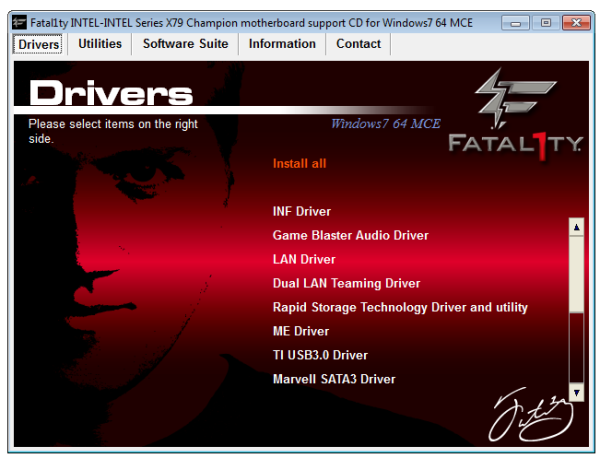
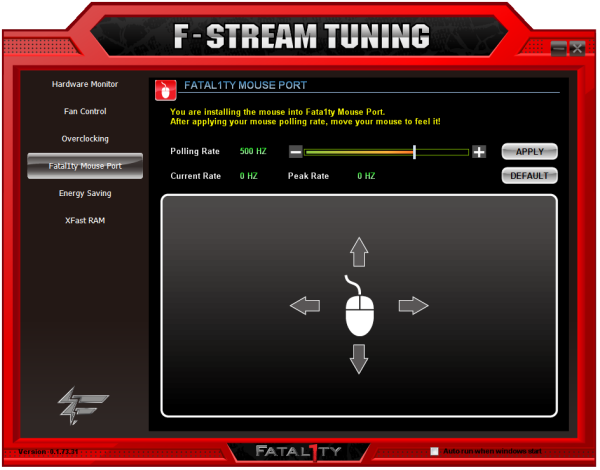
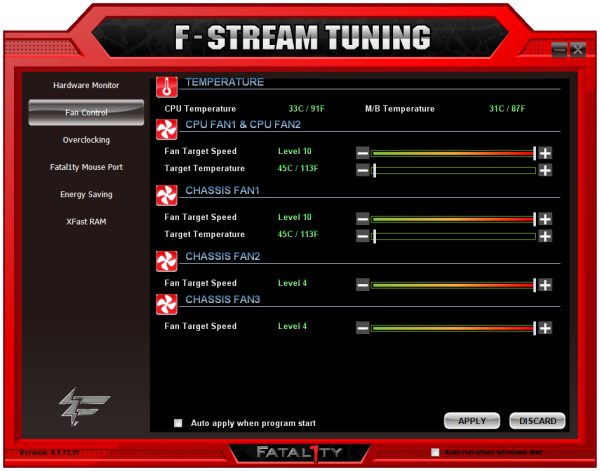
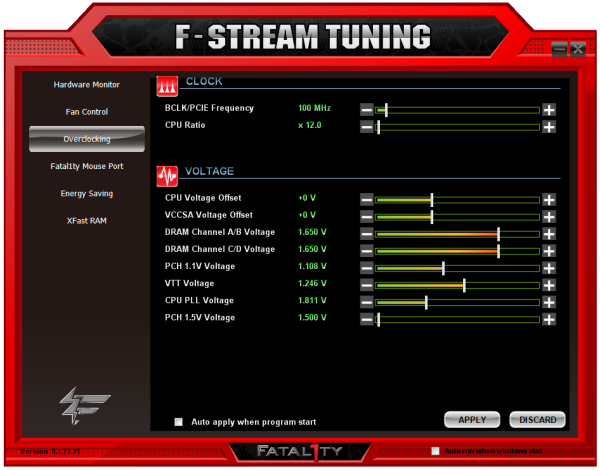
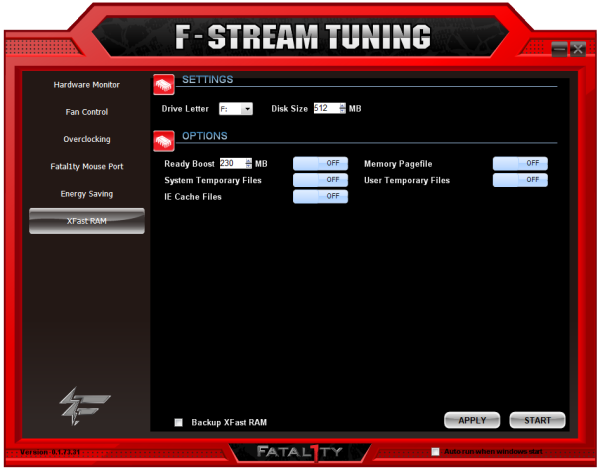
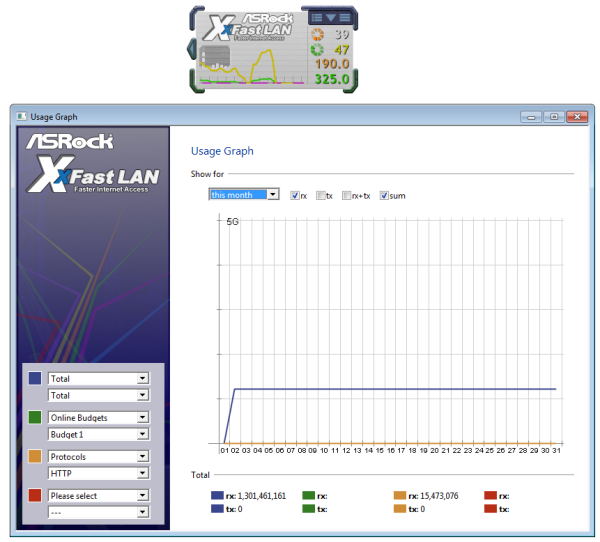
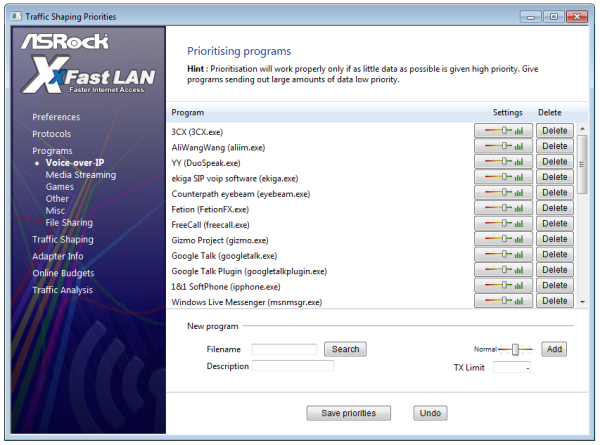

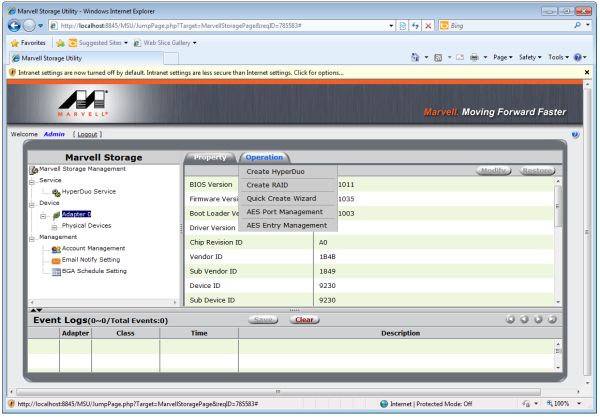














71 Comments
View All Comments
CeriseCogburn - Wednesday, February 13, 2013 - link
Yes, which he is not.He is a soft skinned, supple handed, soft spoken, slow and controlled quite kind wuss-a-moe.
AssBall - Wednesday, February 13, 2013 - link
WTF? Slow work day for you? Someone pee in your Cheerios? Can't find a better board to troll? Go do something useful like electrocute yourself with your vibrator.jason_mcallister - Monday, February 11, 2013 - link
I have the Z77 version of this motherboard. It's pretty solid. I didn't buy it for the marketing but for the 10 SATA ports. ASROCK does support this MB well, I recently got a BIOS update and the website support page has recent drivers updates for windows 8. Yes the board is gimmicky but so what if it has the major features I'm looking for. It's not a bad looking board either.UltraTech79 - Monday, February 11, 2013 - link
I can't believe this BS brand is still trying. Who the hell buys this crap? Do they realize that the whole fatal1ty horseshit is making people NOT want to buy an otherwise nice board? make it stop.CeriseCogburn - Thursday, February 14, 2013 - link
All the little insane amd fanboys bought the amd crap because a PR fantasy mind bending half naked ho was on the video card...The double D knockers fan was another recent amd sexual sales tool, for the tools.
Don't expect most here to miss out being manipulated idiots, even if they caught on from the 1st post it was time to whine about fatal1ty like good little sheep.
Origin64 - Tuesday, February 12, 2013 - link
quote: One would also expect some form of network interface to reduce CPU consumption / prioritize gaming traffic, but rather than going the Atheros Killer route, ASRock use Broadcom NICs and software.I wouldn't expect it. Those cards do not offer increased performance over any other networking solution, but they do cost 100 bucks more. It's a scam designed to target people who think more expensive means more better.
Solix - Tuesday, February 12, 2013 - link
Please people, stop purchasing anything with this branding so:a) He can stop getting pointless cuts of the profits when as others point out he hasn't done anything particularly interesting
b) They will stop making this crap and put out real enthusiast boards
I'd like to actually purchase some of the upper end boards but I refuse to do based on marketing crap. If they want to brand it with someone I'd be more impressed with naming it after some awesome electrical engineer or circuit / cpu designer; heh.
lever_age - Wednesday, February 13, 2013 - link
Hm, I think there are already a lot of "black edition" parts out there. Harold Black, inventer of the negative-feedback amplifier? heh.I don't know if you can count it as it's so far back and not really a branding, but Nvidia has some Tesla cards to sell you. And a lot of their code names are scientists of course.
So for circuits, Jack Kilby (Nobel prize for first integrated circuit), Bob Widlar (IC design, but analog). Plenty of names escape me at the moment.
For high-performance computing, let's start with Seymour Cray... wait a sec...
LoneWolf15 - Wednesday, February 13, 2013 - link
For the Babality edition.JonnyDough - Friday, February 15, 2013 - link
Fatal1ty is one of the few gamers out there who isn't obese and smoke a lot of pot. LOL That's why he's made his millions.